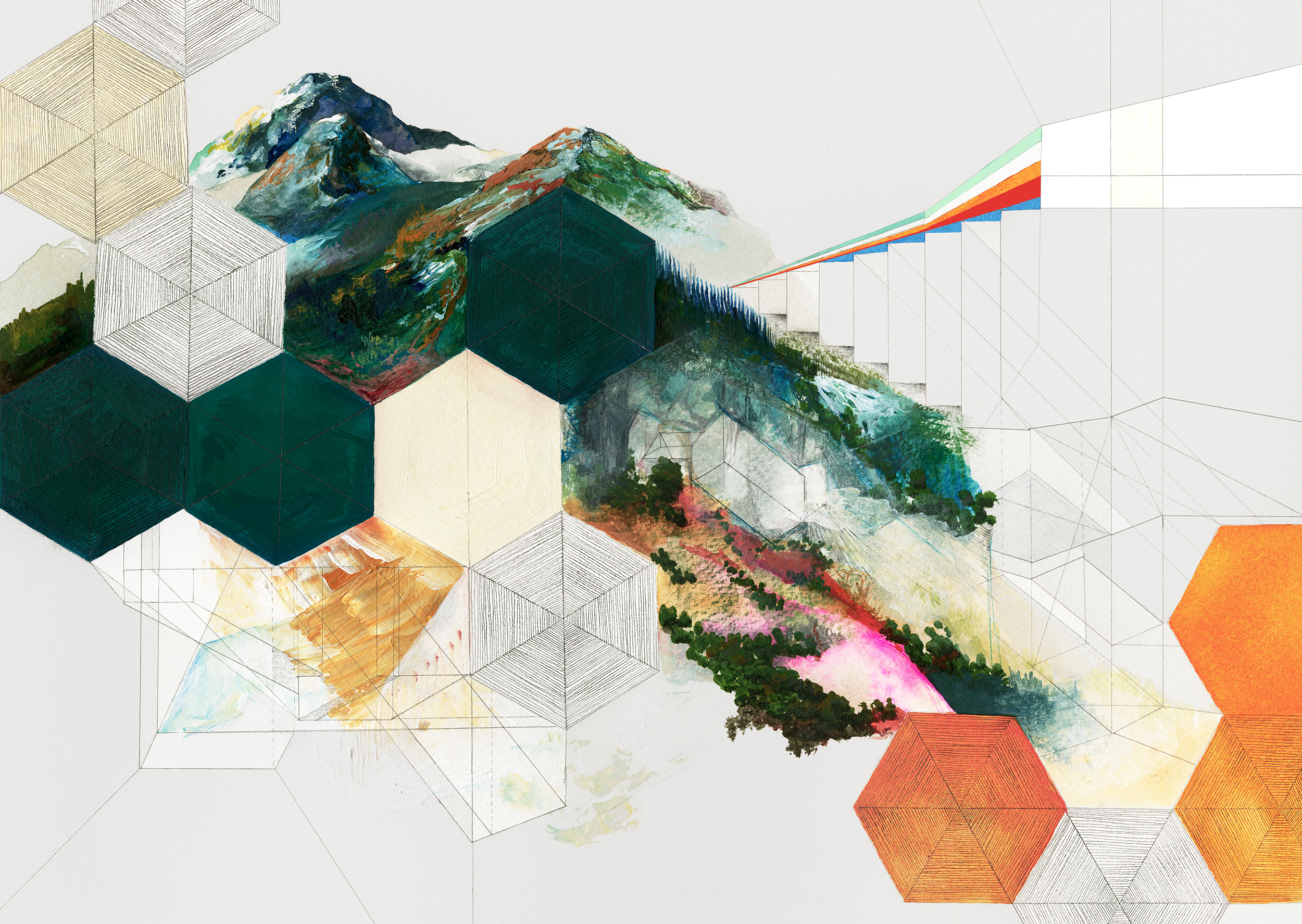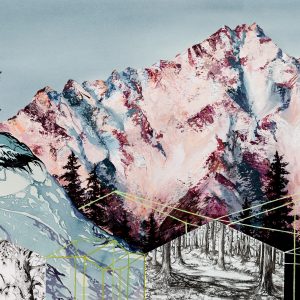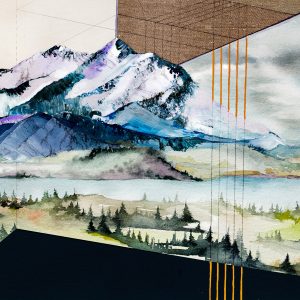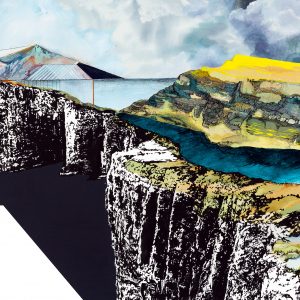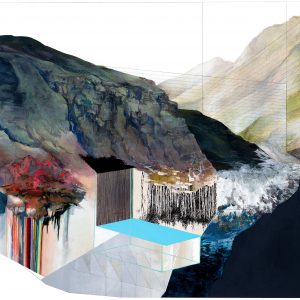The landscapes of planet Earth are in a perpetual state of flux, as they always have been and always will be. For billions of years, the agents that dictated this flux were solely inorganic: the shift of tectonic plates; physical forces such as gravity and magnetism; and the bombardment of rogue asteroids. But about 4 billion years ago, microbial life appeared on the scene. A billion years after that, photosynthesizing organisms began changing the chemical composition of the atmosphere, enabling life to emerge from the oceans and evolve into some of the complex beings that exist today.
Lifeforms have influenced their surroundings since their origin, but in the age of the Anthropocene there’s a new sheriff in town: mankind.
I explore the frontiers of the Anthropocene through my work. As Earth’s terrains progress toward a new state of equilibrium under the rule of this rebellious sheriff, I aspire to capture snapshots of their progression. Where they are going, we do not know. But we do know that, today, urban areas cover three percent of the Earth’s land surface. We know that our atmosphere contains significantly more carbon dioxide than it did at the beginning of the Industrial Revolution. We know that, from space, it wasn’t long ago that the dark side of the planet was the same shade of ebony as the dark side of the moon, while today it’s lit up like a Christmas tree as the glow of our electric lights beams out into the cosmos.
Each landscape I produce contains references to what makes that region vulnerable. Vulnerabilities present opportunities for greater rates of change away from a baseline state, as weaknesses in environmental stability give way to shifts in that ecosystem’s equilibrium.
I don’t condemn progress. On the contrary, I imagine progressing toward a higher state of being for humans. One in which we actively improve instead of degrade the world around us, both socially and environmentally. But today, it seems that humanity is largely in denial of how significant our compromising effect on planetary stability is. Perhaps if we take more time to inspect our impact, we will remember what is at stake. Whether through the contemplation of art or via other means, I suspect the more time we spend daydreaming about a reckoning of man and nature, the greater the possibility that we will begin to be more deliberate about what our existence means for the progression of Earth’s landscapes—and our place among them.
This story first appeared in RANGE Magazine Issue 10, which is dedicated to the idea of progress. Get your hands on a copy HERE.
XX Noelle Phares
